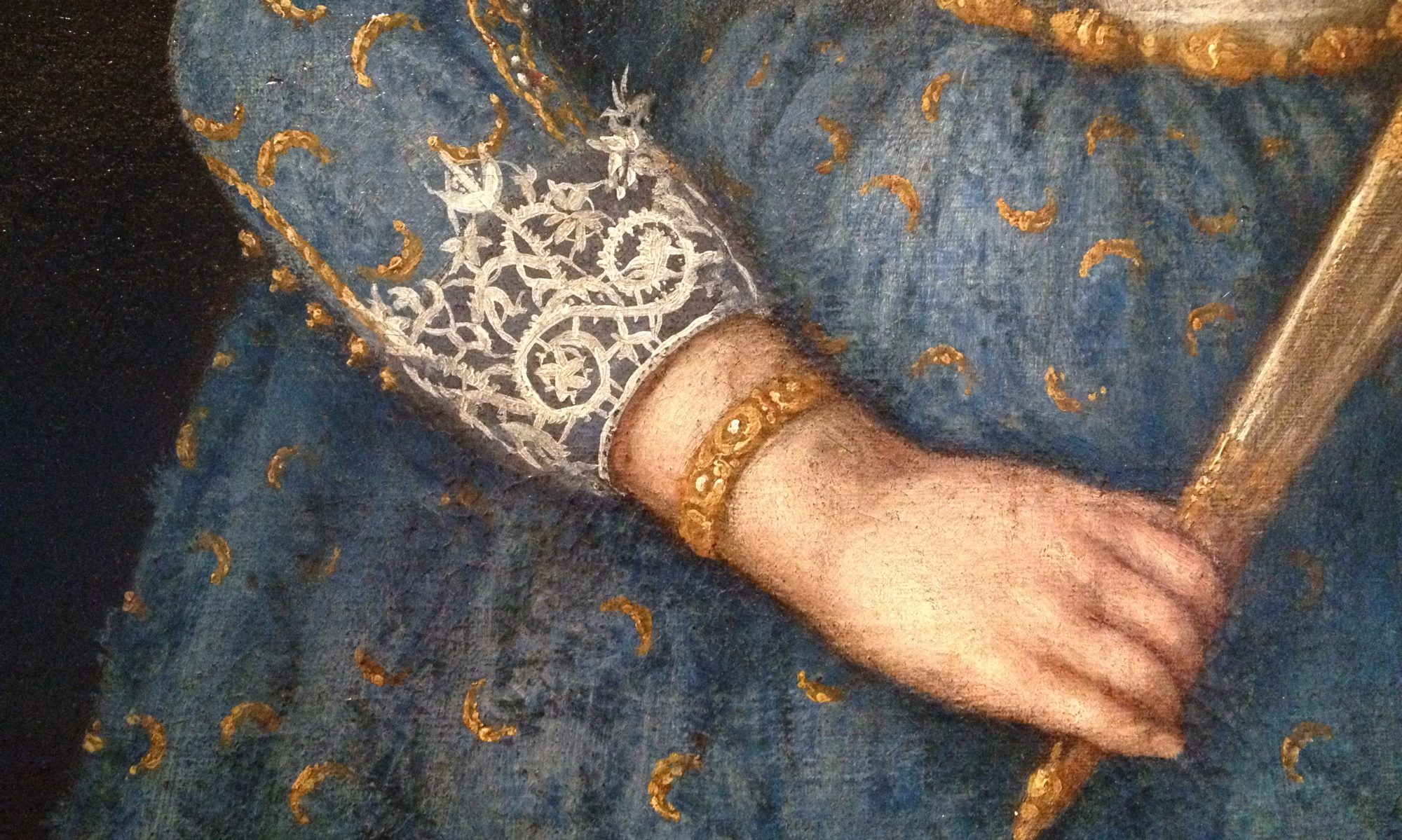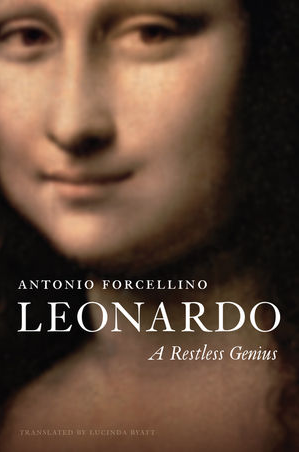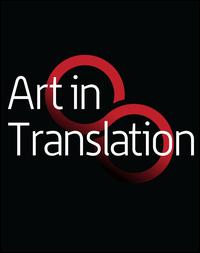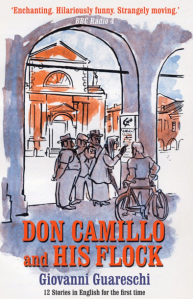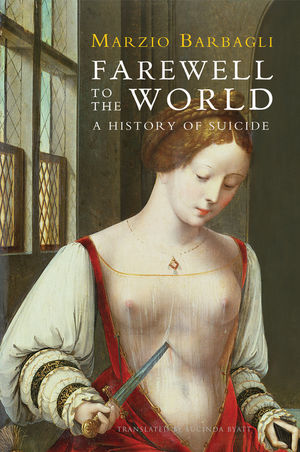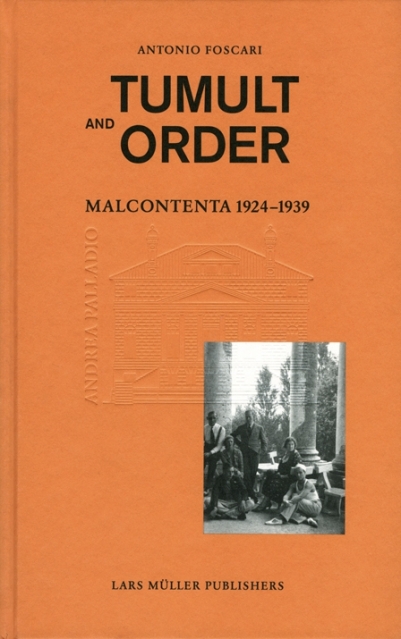Antonio Forcellino, The Sistine Chapel. History of a Masterpiece (Sept 2022), translated by Lucinda Byatt
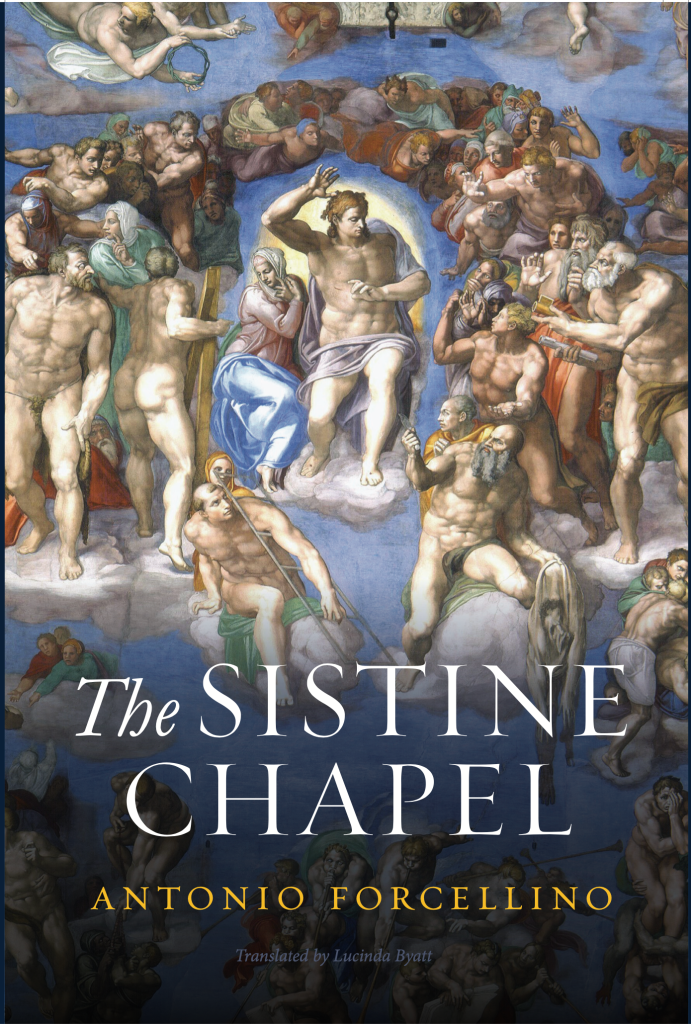
The book tells the story of the changing artistic practices of the period – from the fifteenth-century bottega to Raphael’s masterful teamwork and Michelangelo’s creative genius. His revolutionary work on both the ceiling, but above all on the Last Judgement, marked a turning point in western art.
Maria Luisa Minarelli, Murder in Venice (2019), translated by Lucinda Byatt
Venice, 1752. On a cold December night, a man is found strangled in a dark alley. High magistrate Marco Pisani is tasked with investigating the grisly murder. When two more bodies are discovered, it is clear there is a serial killer on the loose. Helped in his investigation by lawyer Zen, dashing gondolier Nani and the enterprising Chiara Renier, Pisani is determined to uncover the truth before the murderer strikes again. But to find answers, he must move among the city’s criminal underworld of spies, shady taverns and gambling halls. When the innocence of the victims is called into question, the case is turned on its head. For the first time in his career, the principled Pisani has to ask himself what is more important: following the letter of the law or pursuing justice?
Sandro Carocci, Lordships of Southern Italy. Rural Societies, Aristocratic Powers and Monarchy in the 12th and 13th centuries. Translated by Lucinda Byatt. Viella, July 2018
Book review by Tucker Million, H-Italy, H-Net Reviews. June, 2019. URL: http://www.h-net.org/reviews/showrev.php?id=54098
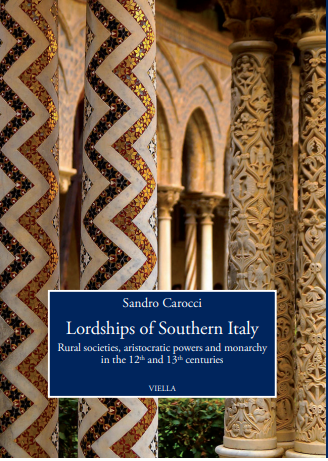
Antonio Forcellino, Leonardo Da Vinci. A Restless Genius. Translated by Lucinda Byatt. March 2018, Polity
This mythical figure, who in his writings provocatively described himself as an “unscholarly man”, can now be deciphered through the restoration of his greatest masterpieces. The analysis of his pictorial works and a detailed examination of his compositional technique offer fundamental keys to understanding the personality of this genius. Using his ‘scientific’ writings and a wealth of archival documentation, Antonio Forcellino retells the story of Leonardo in which myth has at times overshadowed the often troubled life of the man and the painter.
Christof Thoenes, “Architectural Orders: Rebirth or Invention?”, translated by Lucinda Byatt, Art in Translation, Volume 9, 2017 – Issue 3: Italian Renaissance and China
Giovanni Guareschi, Don Camillo and Peppone, translated by Lucinda Byatt, Theresa Federici, Frances Frenaye, Wendell Ricketts. Pilot Productions 2016
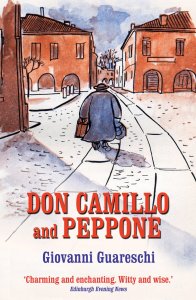
Pilot Productions have published a new selection from Giovanni Guareschi’s famous stories about the rivalry between a communist mayor and a priest in a small corner of the Po Valley, in postwar Italy.
Giovanni Guareschi, Don Camillo and His Flock, translated by Lucinda Byatt, Theresa Federici, Frances Frenaye, Wendell Ricketts, Pilot Productions 2015
Marzio Barbagli, Farewell to the World. A History of Suicide, translated by Lucinda Byatt. Polity Press (September 2015)
(Reviews: Foreword (Karunesh Tuli), Stephen Saunders in The Sydney Morning Herald, Joanna Bourke in Wall Street Journal, Mikkel Borch-Jacobsen in London Review of Books)
“Lucinda Byatt delivers an excellent English translation.” Foreword (Karunesh Tuli)
Antonio Foscari, Frescos. In the Rooms of Palladio, translated by Lucinda Byatt. Lars Müller (2013)
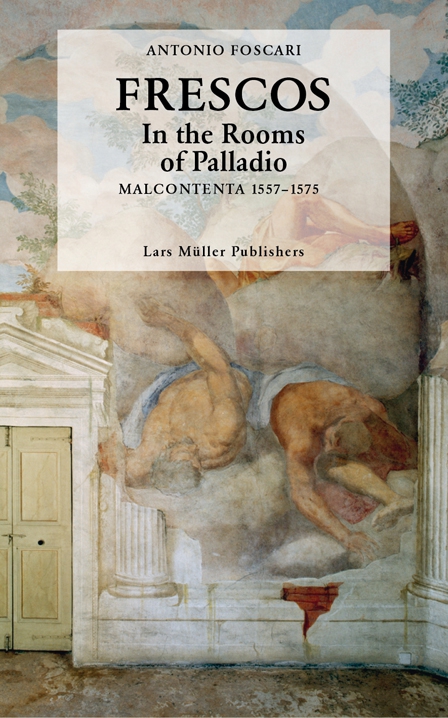
Antonio Forcellino, Raphael: A Passionate Life, translated by Lucinda Byatt. Polity Press (2012)
Paul Johnson’s review of Raphael. A Passionate Life in The Literary Review (June 2012), describes it as an “ebullient book, elegantly translated by Lucinda Byatt”. He goes on to say that “the author is ingenious and fastidious in describing Raphael’s works, and his book will give pleasure to those coming to them for the first time; it even highlights a few things connoisseurs may have missed.”
This is the untold story of how La Malcontenta, Palladio’s masterpiece which stands on the Brenta, in the Veneto, was rescued by Albert (Bertie) Clinton Landsberg in the 1920s. It is also the story of the glittering high society that was drawn to Venice. Cole and Linda Porter, Diaghilev, Serge Lifar, Paul Morand and many other extraordinary characters populate Antonio Foscari’s extraordinary account. The book also contains a postscript on the later story of the villa after the Second World War: how it passed from Bertie to Claud Phillimore, an English architect specialising in English country houses, and then finally returned to its present owners, Antonio Foscari and his family, descendants of the Foscari brothers by whom it was built.
[For a review of this and Guido Beltramini’s The Private Palladio, Lars-Muller, 2012: Thomas Wensing, “Perspectives on Palladio”, Architecture Today, Dec. 2012]
Antonio Forcellino, The Lost Michelangelos, translated by Lucinda Byatt, Polity Press, 2011
Antonio Forcellino – leading art restorer and Michelangelo specialist – recounts the extraordinary voyage of discovery that led him to attribute two little known panel paintings to Michelangelo. The first, known as the Ragusa Pietà, was painted by Michelangelo in 1545-6 and presented to Cardinal Pole who took it with him to the Council of Trent. The Pietà is now in America where it has been owned by the Kober family since the 1880s. The second panel painting, a Crucifixion, is currently housed in the Ashmolean, but is owned by the Jesuit foundation that runs the private Oxford college, Campion Hall. Forcellino attributes the Crucifixion to Michelangelo who painted it for his intimate friend, Tomaso Cavallieri.
For earlier translations (dating from 1991-2011), please click here
